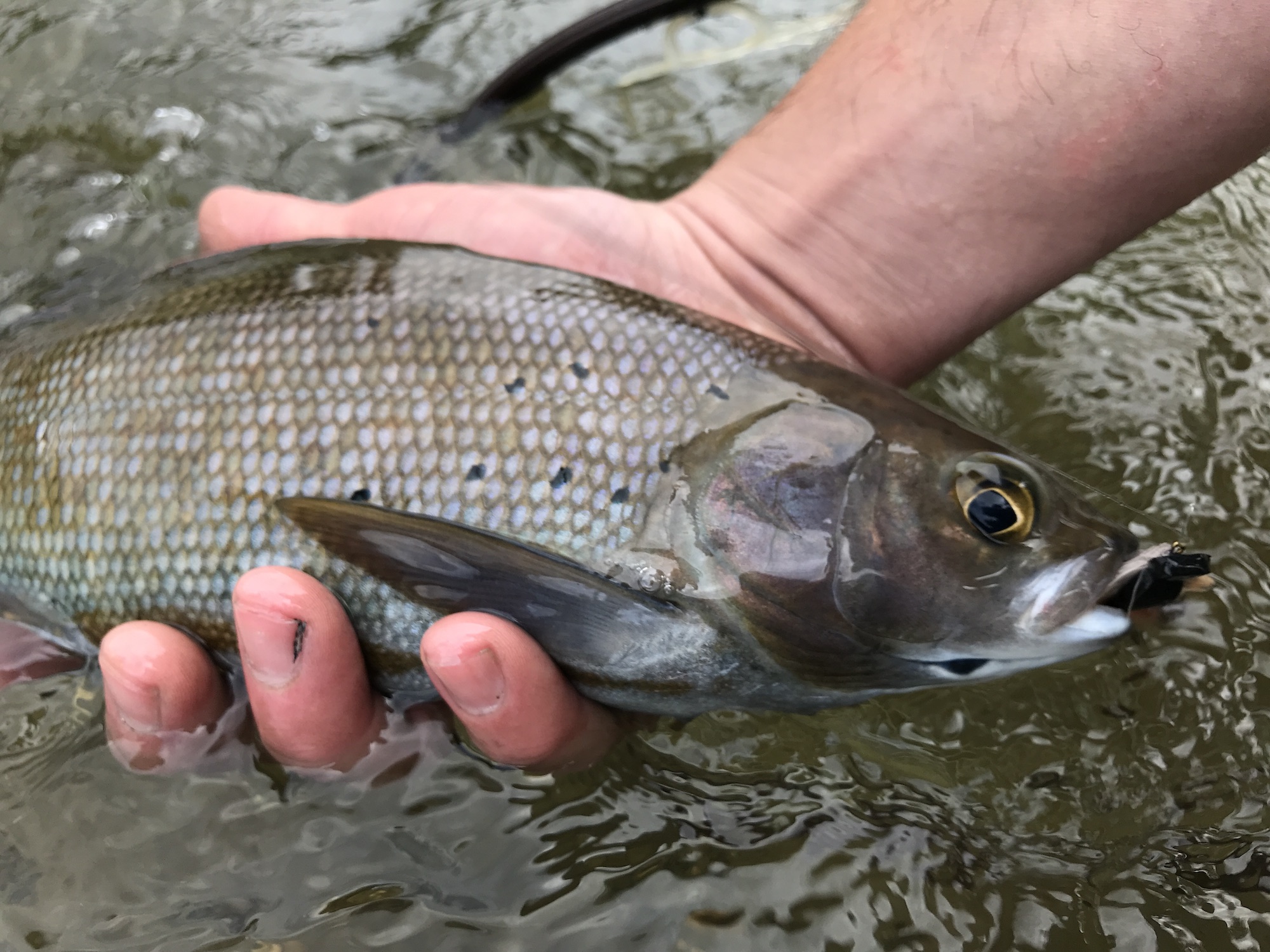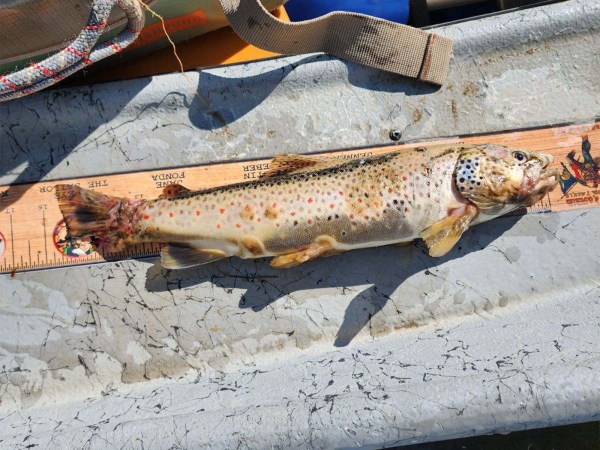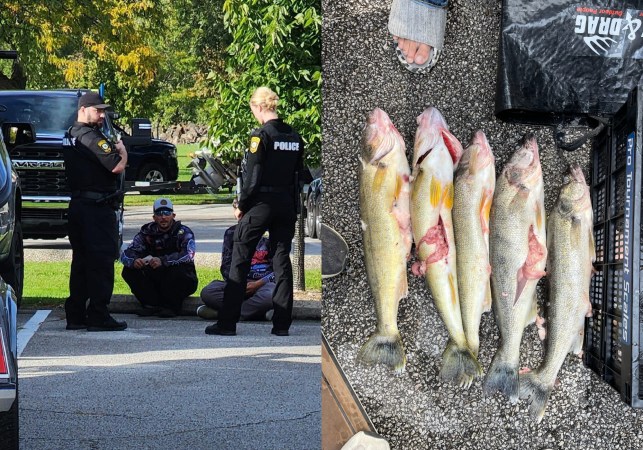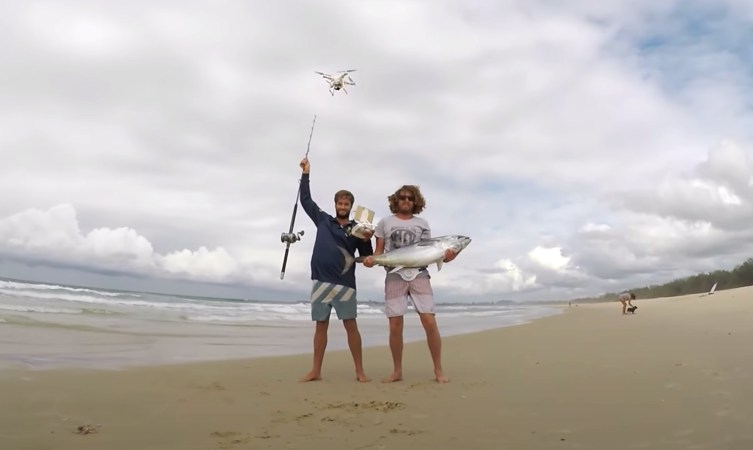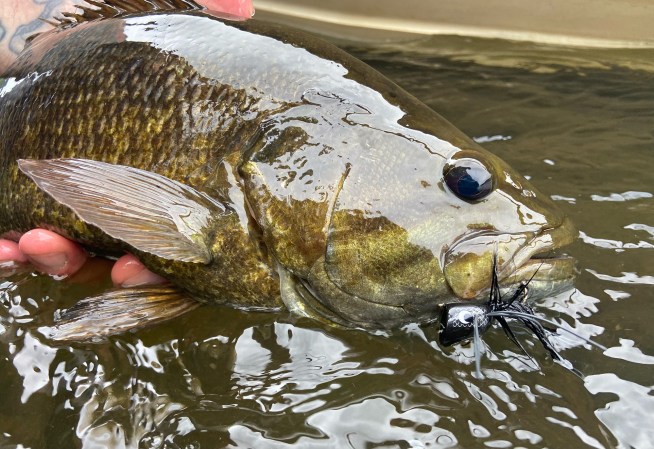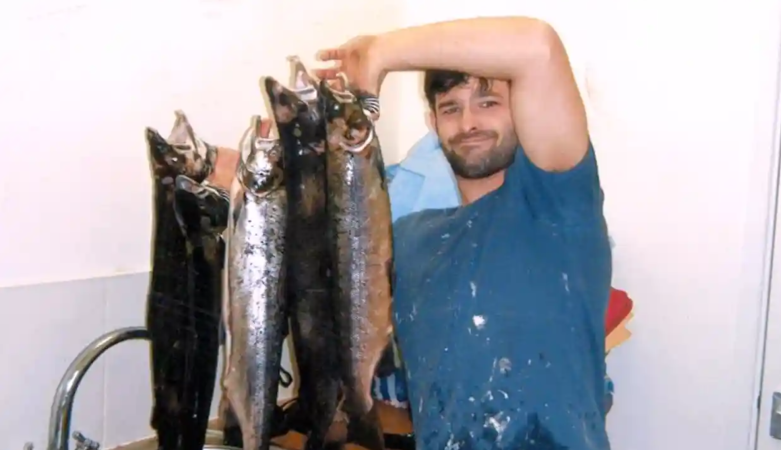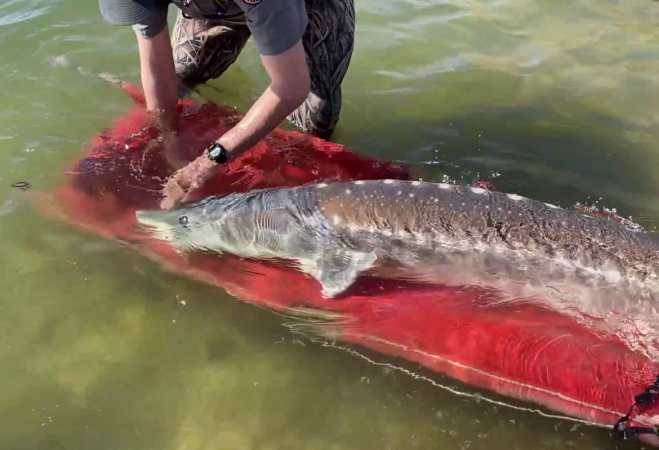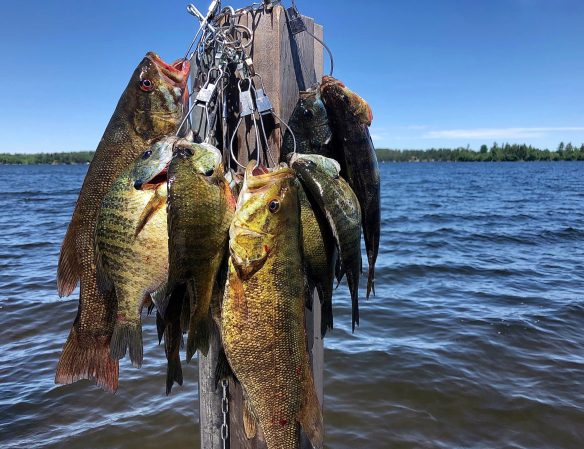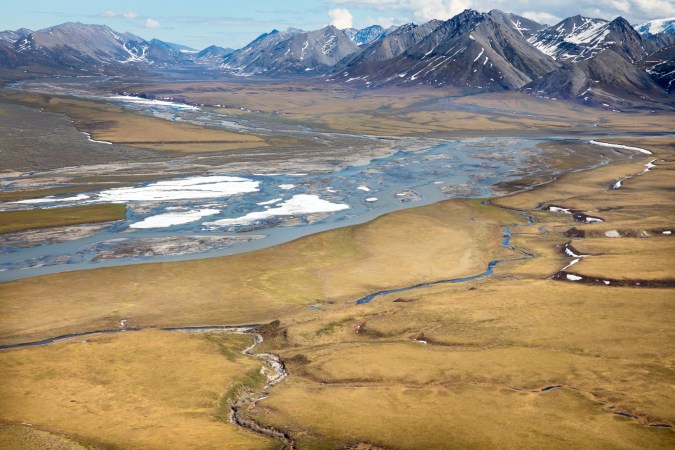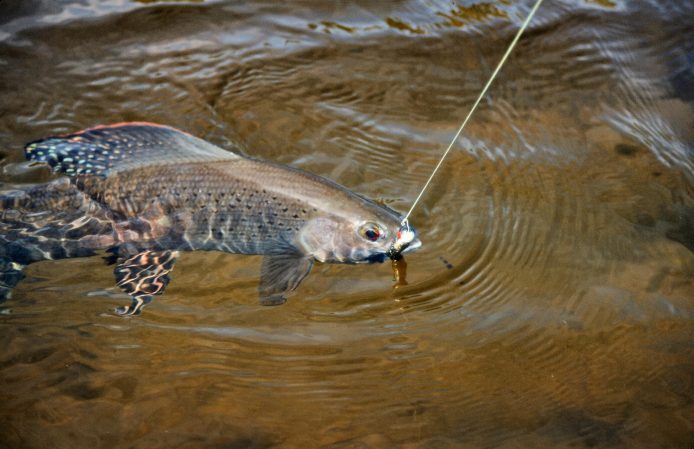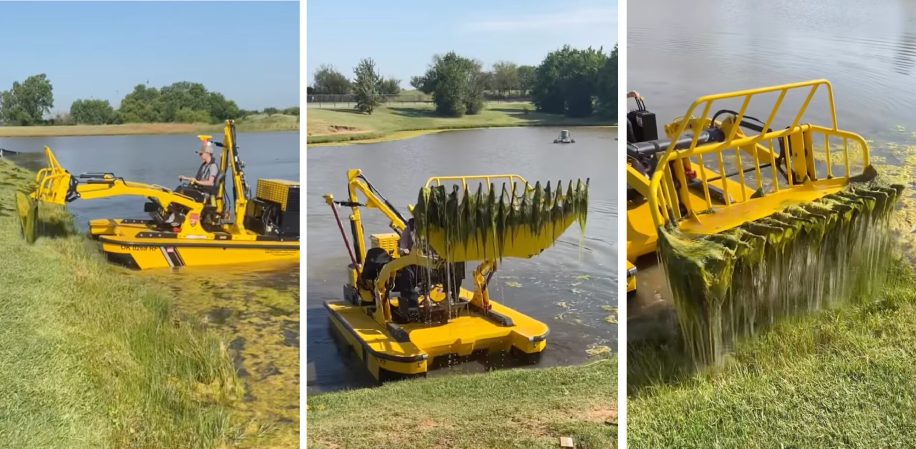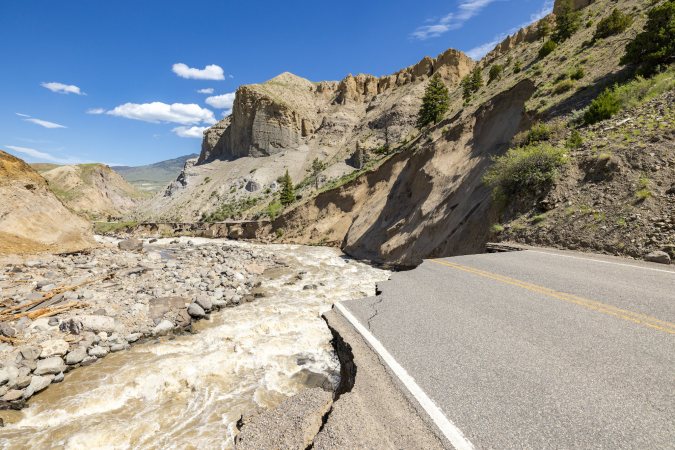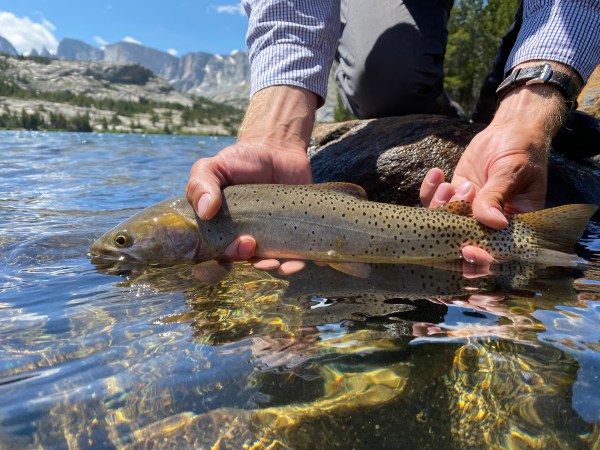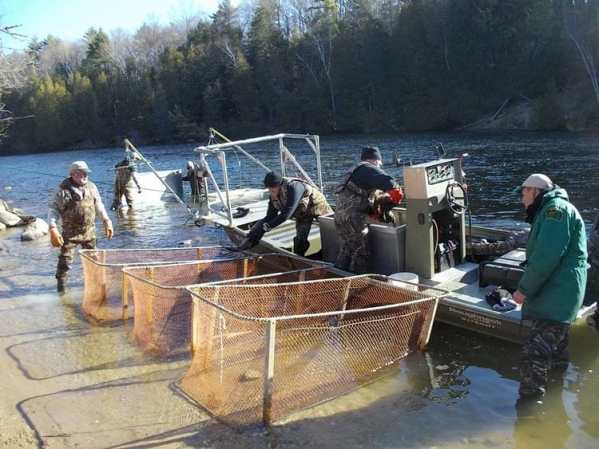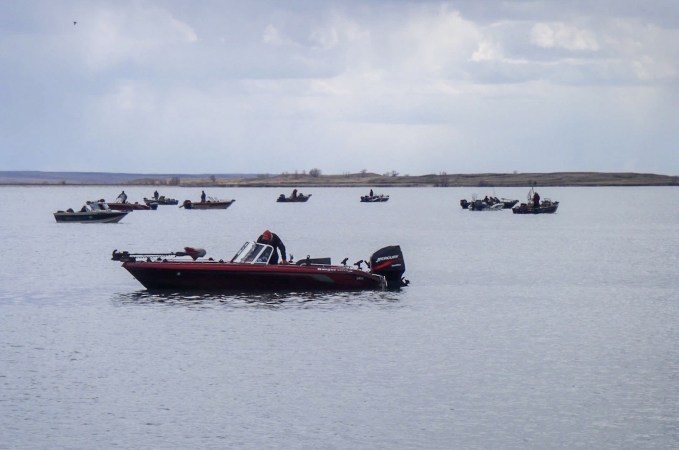Grayling have an exotic air about them for many anglers in the Lower 48. We’ve seen them in books and magazines, but they’re mostly pictured in far-flung destinations like Alaska and northern Canada where they thrive in large numbers. Historically, however, these salmon relatives were abundant in parts of Michigan and Montana.
Montana’s grayling, which are confined to the upper Missouri drainage and a handful of high mountain lakes, are remnants of a wild population. Michigan’s grayling, on the other hand, once thrived in the state’s streams but went extinct generations ago. Now, thanks to years of restoration efforts, anglers in Michigan will be able to target grayling once again this fall.
Gray Areas
It’s been nearly a century since wild Arctic grayling swam in Michigan waters, Bridge Michigan reports. They used to be the most abundant fish in the state, according to the Michigan Arctic Grayling Initiative, but years of overfishing and the introduction of non-native species like brown trout played significant roles in their eradication. Widespread logging during the early 20th century arguably took the biggest toll on these fish, which require clean, cold, and clear water to spawn in. By removing the trees that provided essential cover and choking some river stretches with debris, these practices ultimately doomed Michigan’s grayling.
Efforts to raise grayling and reintroduce them into their historic Michigan range have been ongoing for years. State-run hatcheries began rearing grayling for reintroduction in 2019, and just recently, two things have fast tracked the ability of anglers to actually find a grayling on the end of their lines.
Read Next: The Future of Trout Fishing in the West Could Be in Hot Water
The first is the lifting of a ban on targeting grayling in Michigan. State officials, recognizing that reintroduced grayling would share habitat with trout, lifted that ban in early October, which opens grayling to catch-and-release angling. On top of this, the state’s stocking program bred more grayling than it needed as an insurance policy (in the event of hatchery disease or unforeseen die-off). This has left managers with excess fish measuring up to 15 inches long. Some of these will be stocked in lakes on Michigan’s Upper Peninsula, where they’ll be fair game for anglers.
If the program is a success, within the next five to 10 years, it’s possible that a species foreign to most of us will be available without having to travel to faraway lodges. The question is: How do you catch them?
Basic Tips for Catching Grayling
As a kid, I marveled at pictures of grayling in my North American Fishing Club books. They’re so pretty they almost look tropical. Iridescent aquas, pinks, and purples decorate their fins—including their signature sail-like dorsal. They’re flecked in vivid white, black, and gold spots.
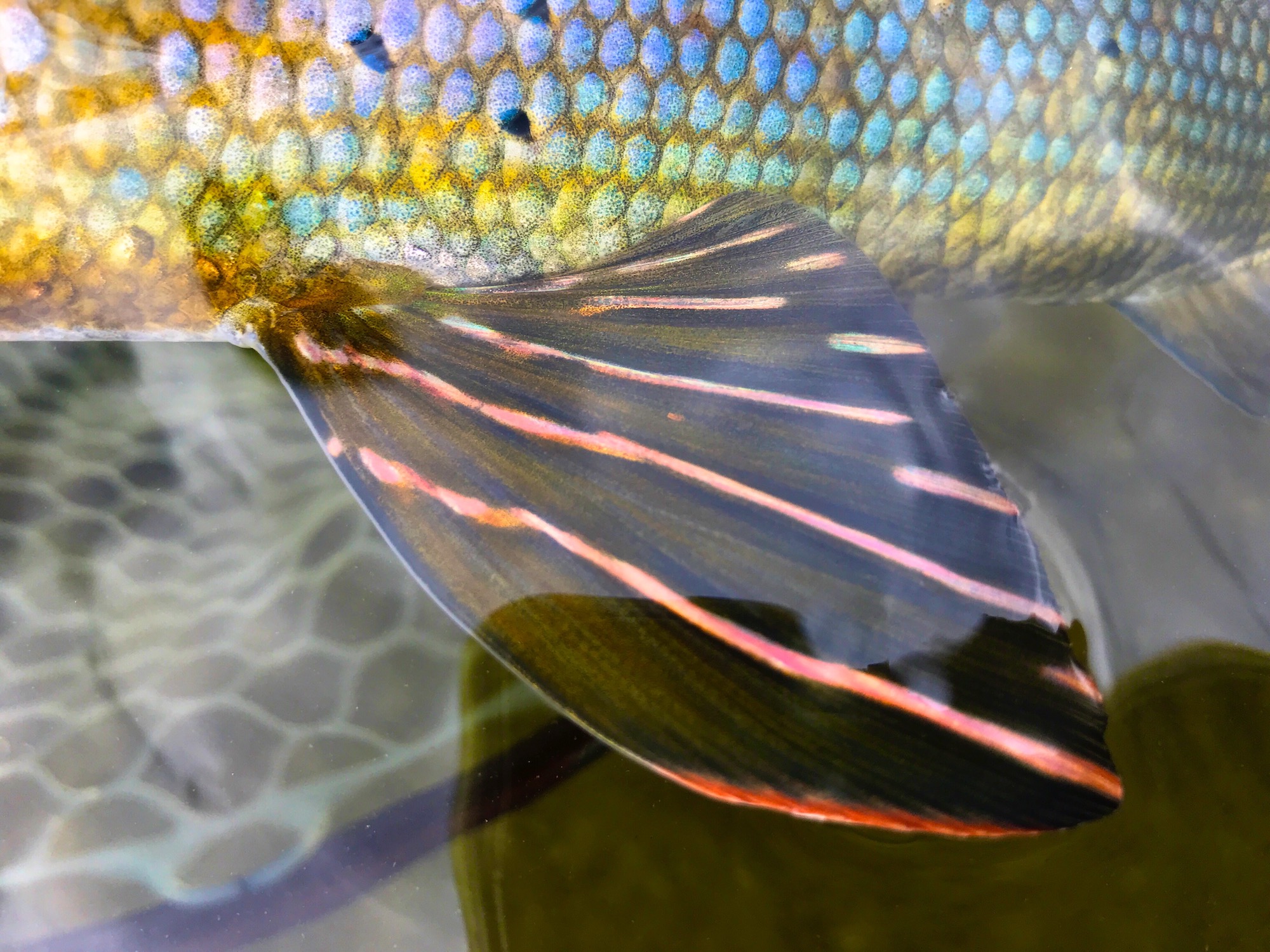
It wasn’t until my first trip to Alaska in my 20s that I finally got the chance to catch one on remote Peters Creek. What I quickly learned was that up there, grayling aren’t some elusive, once-in-a-lifetime fish that can take years to find. Quite the opposite—they’re everywhere. I’ve fished for them several more times since then. So, if you’re considering taking a road trip to Michigan or a float plane into the Alaskan bush to catch one, here are a few tips.
Grayling are highly aggressive, arguably more so than the average trout. However, even fully grown adults have pretty small mouths. While you might get a grayling to come out swinging at a large streamer fly or spinner, don’t be shocked if you don’t connect. Scaling back lure and fly size is critical. Luckily, like trout, their primary food source is aquatic insects. Any wet fly, dry fly, or nymph pattern you’d use for trout will catch grayling, and the beauty is that you don’t have to worry about matching the hatch perfectly.
Read Next: The Ultimate Guide to Spin Fishing for Fall Trout
In my experience, grayling simply react to bugs. If there are caddis hatching and you cast a mayfly, they’re probably going to rise to sip it. If there are yellow stoneflies in a river and you send out a black one, they’ll likely eat it. Grayling also respond well to movement, which allows fly anglers to be a bit sloppier than normal. As an example, while you typically want a nice, dead drift with a nymph for trout, I’ve caught more grayling stripping my nymphs back like a streamer. It’s a totally unnatural presentation, but they don’t seem to care.
Grayling also fight very hard for their size, but be careful not to overpower them with unnecessarily heavy gear. A 4-weight fly rod is the perfect choice, and a 6-foot ultra-light spinning rod and reel loaded with 4-pound test line is another great tool for delivering small spinners and jigs while getting the most out of their scrappy battles.

